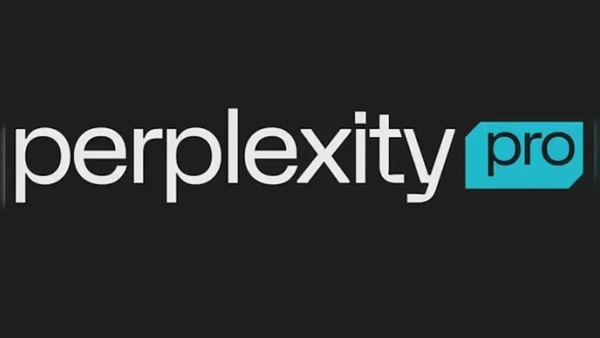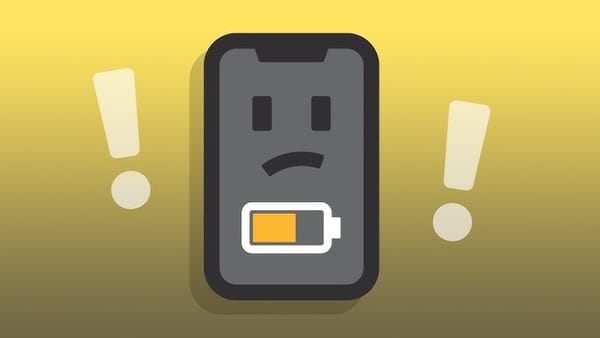Nike Run Club vs. Runna Premium: Which Running App Delivers Real Value in 2025?
A sharp breakdown of Nike Run Club and Runna features, value, and which app actually earns a spot in your training arsenal.

The running app market is crowded, but two names have consistently surfaced in user searches: Nike Run Club (NRC) and Runna, now under Strava’s umbrella. I’ve done comprehensive breakdowns of both apps individually—this article stacks their best offerings head to head.
For full context and deeper analysis, read the complete reviews:
Nike Run Club Review 2025: Features, Guided Runs, & Tracking
Runna App: Worth the Premium in 2025? Review & Breakdown.
Onboarding and User Experience
Nike Run Club strips onboarding to the essentials.
Download, answer a few questions, and you’re running within minutes.
The interface is built for frictionless use, whether you’re tracking a 5K or jumping into a guided interval session.
NRC’s Apple Watch and iPhone integration is seamless—stats, audio cues, and progress are always at hand.
Runna’s onboarding digs deeper than most. The app starts with a focused survey—gauging your running background, training frequency, and goals—before dropping you into a five-tab interface: Today, Plan, Activities, Communities, and Support. This setup lays out your schedule, tracks progress, and collects key preferences up front, aiming to tailor the experience from the first run.
Training Plans and Coaching
Nike Run Club
Offers a set of fixed audio-guided runs and straightforward training plans. You choose a plan or individual guided workouts, and follow them as prescribed—there’s little room for adjustment or personalization. The audio coaching is pre-recorded and doesn’t adapt to your pace or performance, making the experience simple and accessible, but lacking in nuance or flexibility.
Runna
Runna emphasizes the architecture of your training plan, prioritizing long-term structure over granular workout guidance. The app offers a broader selection of run types and more scope for individualized plans, but coaching is pared back to a brief outline before each session—no deep-dive or real-time adjustments. The premium positioning is clear: you get expanded options for both workouts and overall planning, with a focus on customization and breadth.
Features and Integration
Nike Run Club
NRC’s feature set is limited—guided runs, progress tracking, community challenges, and shoe mileage tracking. The motivational features and global community challenges keep engagement high, and the app’s free price tag is a draw for runners who want structure without a subscription.
Runna
Runna stands out for its robust feature set—Apple Watch, Garmin, and Strava integration, a comprehensive workout library, and flexible scheduling tools. Most of these capabilities sit behind a paywall, with access requiring a €20/month subscription. The referral program and trial period make it easy to try, but the price invites a closer look at whether the premium features truly differentiate it from NRC’s free offering.
Who Benefits
Nike Run Club
NRC is best suited for runners who want a straightforward, no-frills approach. The guided workouts are pre-recorded and lack any real-time adaptation or progression tracking. Personalization is minimal and the structure is rigid—ideal for those who prefer a guided meditation style to running without distractions or unnecessary complexity.
Runna
Functions as a premium version of the guided running app, placing more weight on the architecture of your overall plan. Individual workouts feed back into the app’s projections, adjusting future sessions based on your inputs. The breadth of run types is wider, and post-workout AI analysis adds another layer of feedback. Users can move workouts, accommodate missed days, and tweak schedules—features that make Runna more dynamic and feature-rich than NRC, especially for those seeking granular control and customization.
The Bottom Line
Nike Run Club
NRC is fundamentally simplistic and free—a blocky, pre-recorded training app that doesn’t try to do too much. It’s ideal for anyone looking to get into running with minimal friction. The guided workouts provide structure for your first progressions, from zero to around 15km. Over time, the content can become stale, but for beginners or those seeking basic guidance, NRC is a strong recommendation.
Runna
Runna is the older brother—at €20 a month, you’re paying for a more robust feature set and greater utility. The platform caters to runners with some experience who want to chase bigger goals: longer distances, faster times, or structured race plans. Runna suits those who’ve already logged a handful of 5ks or 10ks and are targeting their first half-marathon or marathon, offering more control and adaptability for ambitious training.
FAQ: Nike Run Club vs. Runna
What does each app cost?
NRC: Free.
Runna: €20/month or €120/year, with a 7-day free trial.
Is there Apple Watch integration?
NRC: Full Apple Watch integration; tracks runs, provides in-run stats, and can be used without your phone.
Runna: Integrates with Apple Watch, Garmin, and other devices for tracking and syncing workouts.
What in-run stats are available (pace, stride, etc.)?
NRC: Displays pace, distance, time, and heart rate. Lacks advanced metrics like stride length or cadence analysis.
Runna: Tracks pace, distance, time, heart rate, and offers more detailed breakdowns post-run. Some advanced metrics depend on device integration.
Are advanced metrics or analysis available outside of the runs?
NRC: Basic post-run summaries—distance, pace, and achievements. No deep analytics or training load tracking.
Runna: Offers AI-powered post-run analysis, predictive race times, performance benchmarks, and a Runna Score for tracking progress over time.
Can you customize or move workouts?
NRC: Minimal customization. Plans and guided runs are fixed; no ability to move or adapt sessions.
Runna: Allows you to reschedule, swap, or adjust workouts within your plan to accommodate missed sessions or changing goals.
How social is each app?
NRC: Built-in global community challenges, leaderboards, and achievement sharing.
Runna: Community tab with event-specific feeds and sub-groups, but less emphasis on social features than NRC.
Which app is better for beginners?
NRC: Ideal for new runners who want simplicity and structure with minimal setup.
Runna: Suits those with some running experience seeking structured progression or race-specific plans.
Which app is better for advanced runners?
NRC: Lacks depth for advanced training or detailed analytics.
Runna: More features for experienced runners aiming for specific race goals or advanced metrics, though some may still find it limiting compared to full-featured platforms.
Is it worth it?
NRC: It's core strength is its simplicity. For anyone just getting started, the app removes barriers, offers a straightforward structure, and is free—making it the training wheels of running apps. Its limitations show up as your ambitions grow: the content grows stale, personalization is minimal, and progression is strictly linear. Still, for most beginners, the value is undeniable.
Runna: appeals to runners who’ve moved past the basics and want to commit to a more structured plan. It delivers a broader toolkit customizable schedules, AI analysis, and deeper integration but the leap in price is steep. The premium features expand your options, but the jump in cost doesn’t always translate to a proportional jump in utility. For those who crave granular control and plan to pursue longer distances or faster times, Runna may justify the investment. For everyone else, the decision comes down to whether those extra features solve a problem NRC can’t.



